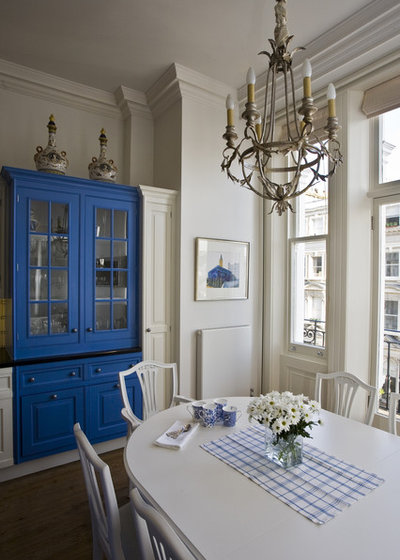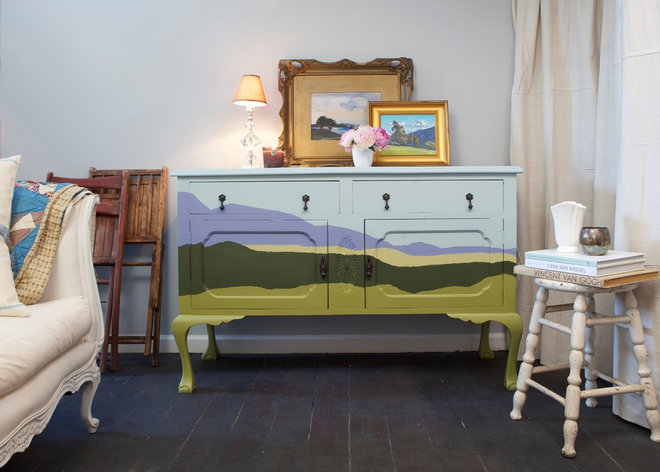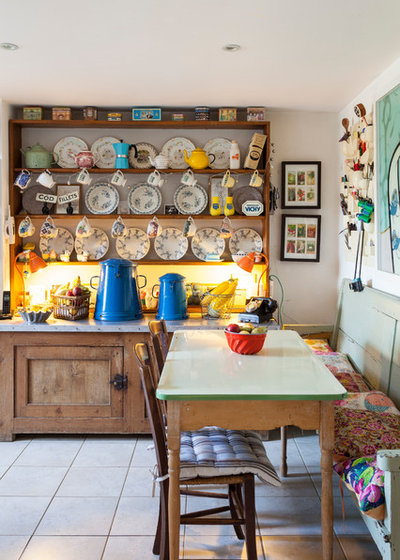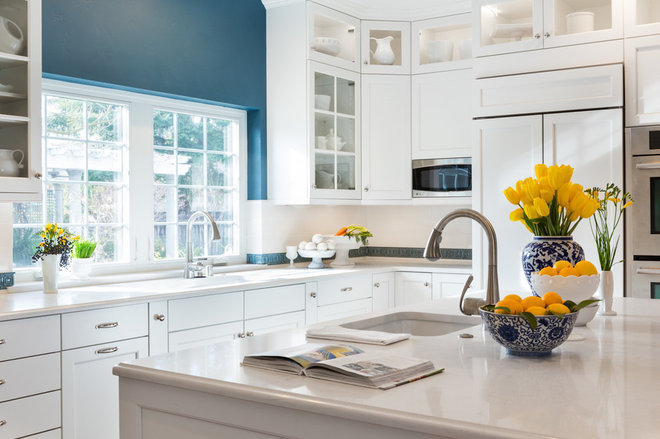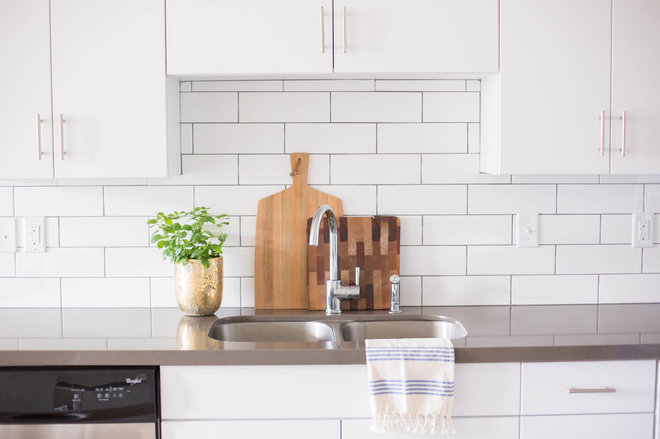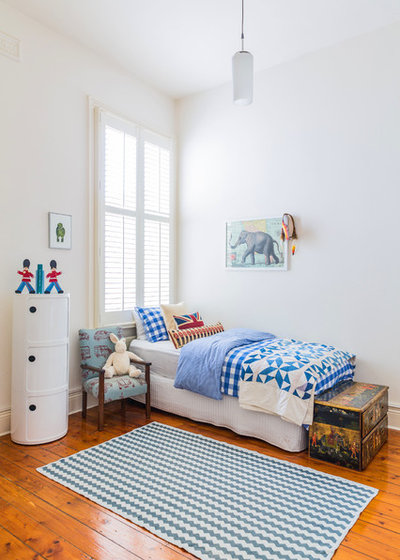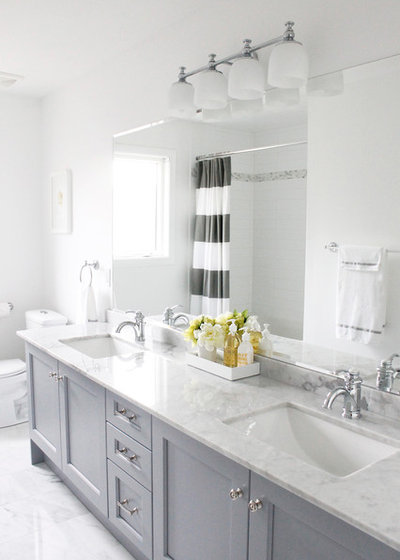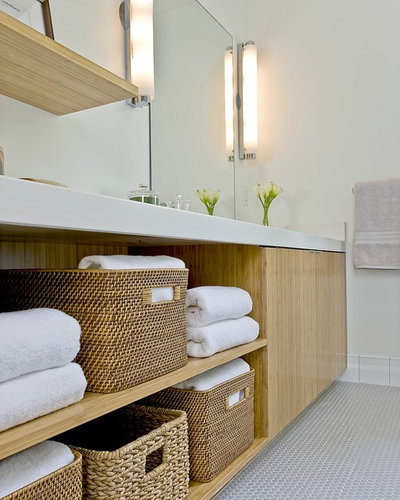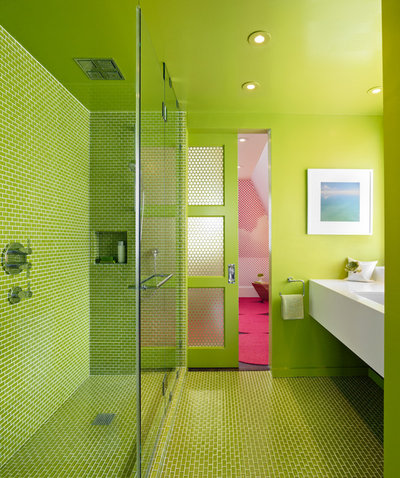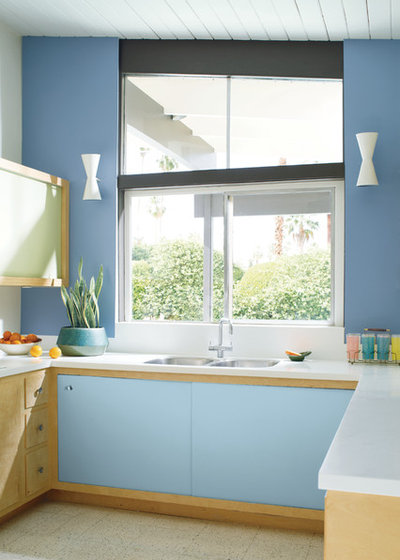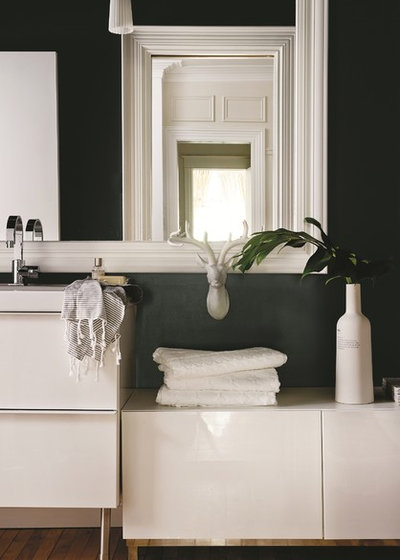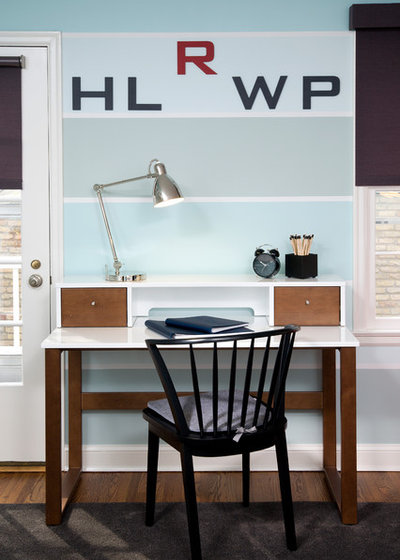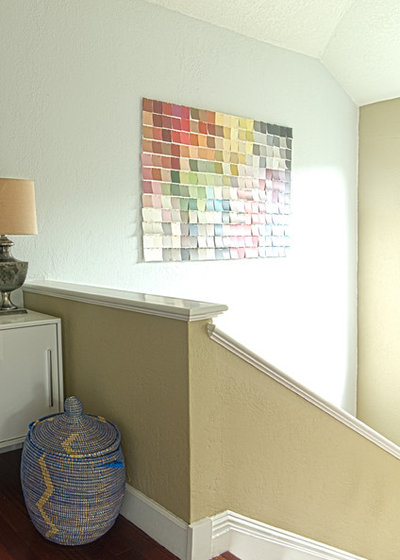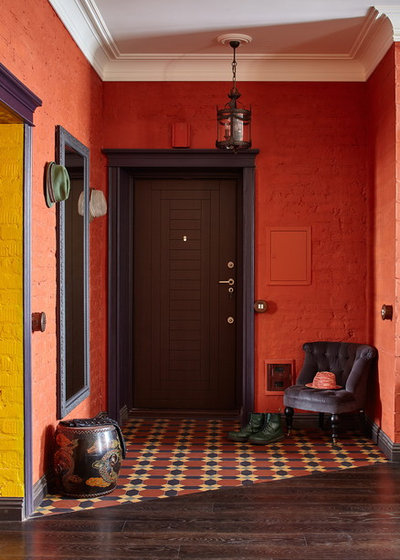The centerpiece of your kitchen is your stove and oven. You have a couple options to choose from, cooktops and ranges. What is the difference? Find out here.
Ah, the kitchen. Done right, it’s a sight to behold. But done poorly, it can come back to haunt you. Seemingly trivial differences often end up playing a large role in the room’s success. Today, we’ll focus on the centerpiece itself: Cooktops vs. Ranges.
Understanding the Differences
So what is it exactly that makes a cooktop different from a range? Well, in simple terms, a cooktop ditches the oven portion of a range and takes up only counter space. This means that the burner’s knobs and buttons are on top of the counter, rather than on the front. Of course, if an oven is needed, that means opting for a wall-mounted oven in addition to the cooktop.
A range, on the other hand, is both of these units in one. This means it’s a freestanding appliance that has the burners on top and the oven down below. The knobs and buttons on a range are typically on the front as to not get in the way of the pots and pans while cooking.
There is a third option, however, called a rangetop, which is essentially just a cooktop with the knobs and buttons placed on the front. It typically takes up a little bit more room than a standard, flat cooktop. For our purposes, we’ll group this option in the regular “cooktop” category.
Which type is right for you?
There are many benefits unique to a cooktop, but really it all depends on what your needs are. Is your kitchen cramped or full of space? Do you cook alone or as a team? Do you host large dinner parties? Do you suffer from bad knees or back? The questions are endless, but answering them is crucial when deciding which would suit you best. Here’s a handy guide to help you quickly decide which option might be your best bet.
Related: Gas Vs. Electric – A Heated Debate
Cooktop Benefits:
• Cooktops require a much smaller cutout in your counter space, and are surrounded on all four sides, leaving ample room for cabinet space below.
• Because there isn’t an oven below it, you don’t have to stand by extra heat (which usually radiates from the oven) if you use both appliances at the same time.
• Purchasing an oven separately gives the option for you to select a single ordouble wall-mounted unit.
• Cooktops are also better for people with knee or back problems because their accompanying ovens are more at arm height.
• If you have small children in the house, a cooktop could be a safer choice because the control settings will be out of their reach.
• Glass, or smooth cooktops also make for much easier cleaning, since things like burners don’t need to be removed.
• Cooktops offer more flexibility in burner style, size and options like induction burners.
• Electric cooktops also provide constant, even heat and can maintain very low heat for simmering.
• If your kitchen already has a focal point, such as a window, sink, view or back splash, a cooktop is a good choice so it will let the other features stand out.
• A cooktop is best for multiple-cook scenarios because of separate cooking and baking zones.
• Oven cooking can be more ergonomic: at eye and arm level.
Range Benefits:
• A range is best for small kitchens with limited space because it houses the cooktop and oven in a single appliance and location.
• Ranges are easier to install as well as less expansive, and there are more options at the lower end of the budget spectrum.
• If your kitchen needs a strong focal point, a range can help bring the room together.
• There are several different types, sizes and cooking styles available, including freestanding, slide-in, drop-in, double oven and dual-fuel ranges – all at an added cost.
Our Favorites:
Now that the breakdown above has given you a sense of what fits your needs best, let’s take a look at some of the best options in each category. Of course, there is a huge variety of features you can choose from, but these top models have proven themselves time and time again. Our top 3 favorites come from scouring sources like Top Ten Reviews, Consumer Reports, Reviewed.com and our own personal experience.
Cooktops:
 Whirlpool Gold GCI3061XB
Whirlpool Gold GCI3061XB
This 30” induction cooktop costs the same as a regular electric cooktop but offers additional benefits, such as direct cooking, responsive control, quick boiling, energy efficiency and consistent low temperatures. Its smooth, sleek design and flattop controls makes for easy cleaning as well. (Est. price: $1,209–$1,349)
 GE Café CGP650SETSS and CGP350SETSS
GE Café CGP650SETSS and CGP350SETSS
Coming in both 30-inch and 36-inch designs, this first-class cooktop features stainless steel trim, illuminated controls, continuous cast iron grates and a Lodge griddle. Outperforming the competition on almost every metric, the high temperature was strong enough to sear a steak, while the low was light enough to melt and simmer. If you’re after the best of the best, you simply can’t beat the GE Café. (Est. price: $1,499–$1,599)
 Electrolux EI30EC45KS
Electrolux EI30EC45KS
With touch controls and curved stainless steel trim, this 30-inch electric cooktop is the epitome of modernity. Boasting a wide range of temperatures and quick boiling times, the Flex-2-Fit element offers three separate sizes to match your collection of pots and pans. On the other end of the spectrum, this cooktop was able to reach temperatures as low as 86ºF – perfect for simmering. (Est. price: $1,073)
Ranges:
 Frigidaire FGGF3054MF
Frigidaire FGGF3054MF
Highly affordable, Frigidaire’s new FGGF3054MF comes with five burners, continuous cast iron grates with an optional griddle, true convection, a temperature probe, quick preheat times, a fast boil, low simmer temperatures and superb baking. Now that’s value. (Est. price: $949–$1,149)
 Amana AGR5630BDW
Amana AGR5630BDW
When it comes to basic gas ranges, the Amana AGR5630BDW is as good as it gets. Sure, cheaper ranges exist, but none of them match this one’s cooking performance, contemporary design and digital controls. Chock -full of features, unlike most price-conscious ranges, this one offers a self-cleaning option, a storage drawer, a broiler, Easy Touch electronic controls, Temp Assure™, four sealed gas burners and a versatile cooktop offering power from 5,000 to 12,500 BTU. Plus, when you’re all finished cooking, the Spillsaver™ upswept cooktop makes for an easy cleanup. (Est. price: $549)
 LG LDE3037ST
LG LDE3037ST
This beautiful double-oven range comes with its own suite of unique technology. Besides being able to bake multiple dishes that require different temperatures at the same time, it also has a quick-heating infrared broiler, an EasyClean coating that makes self-cleaning cycles more effective and top-of-the-line temperatures and boiling times. What does all that mean for you? It’s one of the best cooking experiences money can buy. (Est. price: $1,625)
In Conclusion
Now that you have a good sense of the differences between a cooktop and a range, the benefits and some of our favorites, you’re well on your way to creating your perfect kitchen. But don’t let those new appliances go unprotected. Protect your budget form unexpected repairs and replacements with a Home Warranty Planfrom American Home Shield®. Happy cooking!
Originally Published by AHS (American Home Shield)


















